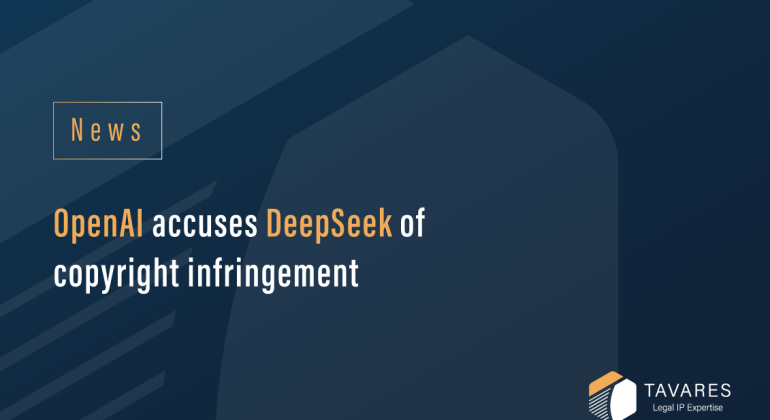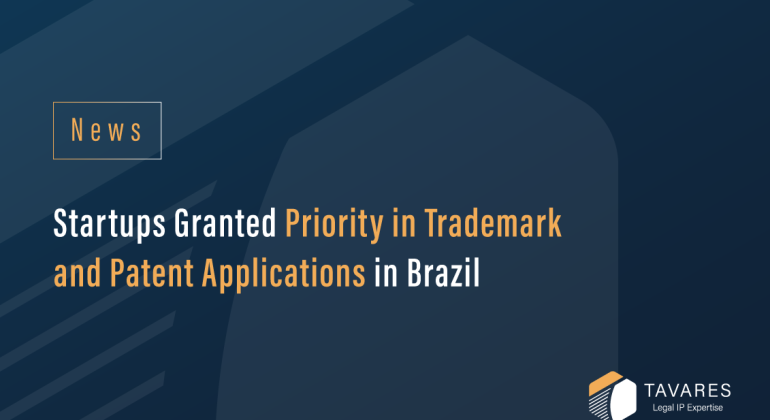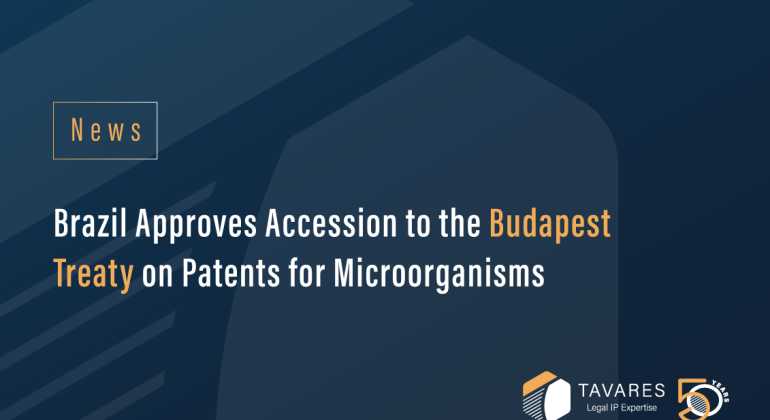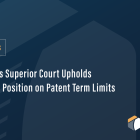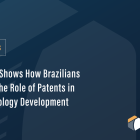Brazil and Denmark Strengthen Cooperation in Intellectual Property
The Brazilian Patent and Trademark Office (BPTO) hosted a delegation from the Danish Patent and Trademark Office (DKPTO) on February 3rd to discuss the progress of their partnership and the next steps in this collaboration.
Authorities from both IP offices attended the meeting, held in Rio de Janeiro, including the Danish Ambassador to Brazil, Eva Bisgaard Pedersen, and DKPTO’s Director-General, Sune Stampe Sørensen. Representing BPTO were Schmuell Cantanhêde, Director of Trademarks, Industrial Designs, and Geographical Indications, Alexandre Ciancio, Deputy Director of Patents, and Leopoldo Coutinho, Coordinator of International Relations.
2024 Cooperation Outcomes and 2025 Expectations
Since 2017, Brazil and Denmark have worked together to enhance the registration, examination, and protection of IP rights, focusing on innovation and commercializing intangible assets in Latin America. In 2024, this collaboration led to advancements in areas such as communication, IP enforcement awareness, and digital business, as well as training sessions on IP crimes and organizational management.
The plan for 2025 includes initiatives focused on plain language, patent examination guidelines, and IT strategy. Additionally, workshops, technical visits, and a course on change management will be promoted. The first action of the year will be participation in the IP Key project event.
Impact of this Cooperation
The partnership between Brazil and Denmark demonstrates BPTO’s commitment to aligning its practices with international standards, making the Brazilian IP environment more efficient and predictable. This cooperation represents an opportunity for greater legal certainty, faster processes, and a more attractive market for innovation investments.
At Tavares IP, we closely monitor these developments to provide our clients with strategic insights and tailored Intellectual Property solutions in Brazil and Latin America. If your company wants to explore the Brazilian market with security and expertise, contact us to learn how we can support your IP strategy.


